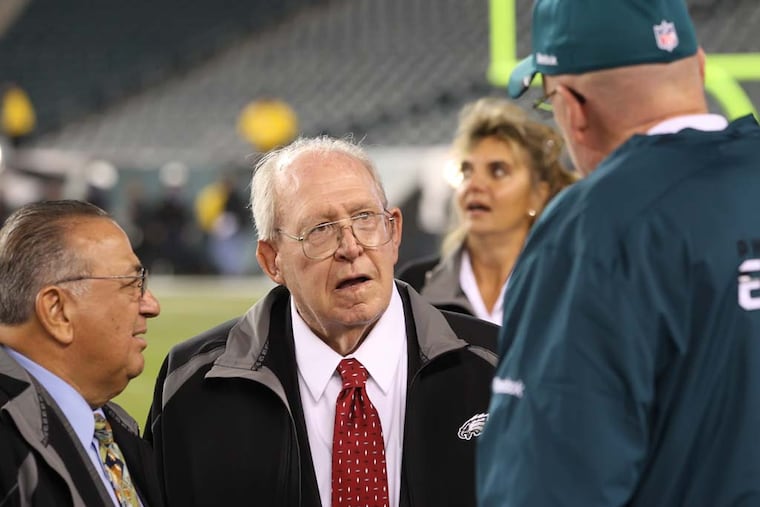Harold Carmichael’s longtime friend and agent, Jim Solano, will be his Hall of Fame presenter Saturday night
Solano has represented more than 700 NFL players and coaches in his career. Carmichael is the first to be inducted into the Hall of Fame.

Solano has represented more than 700 NFL players and coaches in his career. Carmichael is the first to be inducted into the Hall of Fame.
